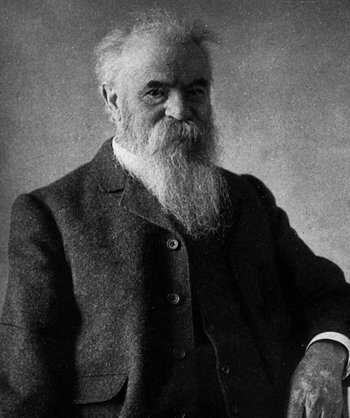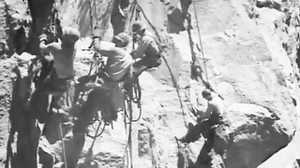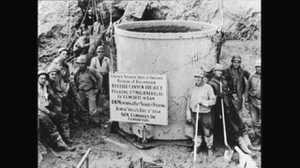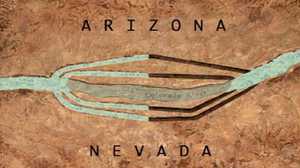Building the Hoover Dam

May - August, 1869: Early History
Major John Wesley Powell makes the first recorded trip through the Grand Canyon and down the length of the Colorado River. The one-armed Civil War veteran followed this expedition with a second trip down the Colorado in 1871, when he conducted geological studies that greatly expanded understanding of the topography of the region.
June 17, 1902
President Theodore Roosevelt' signs the Reclamation Act. Reclamation Service engineers begin their long series of investigations and reports on control and possible uses of the Colorado River.
March, 1905
Torrential rains begin and lead to the Colorado River breaking into the Imperial Valley, creating an inland sea across a hundred and fifty square miles. It was two years, at a cost of more than $3 million, before the river is contained within its original channel. Blaine Hamann, former Bureau of Reclamation employee, recalls, “The river was an enemy, and only in short periods of time could you look at it as a useful river. Most of the time it was something that would kill you or ruin your farm.”
May 18, 1920
Congress passes the Kinkaid Act authorizing the Secretary of the Interior to investigate problems of Imperial Valley.
February, 1922
Arthur P. Davis is the chief author of the Fall-Davis report entitled “Problems of Imperial Valley and Vicinity.” Prepared under the Kinkaid Act and submitted to Congress, the report recommended construction of a high dam on the Colorado River at or near Boulder Canyon. The report also suggested that the government could recoup the cost of construction by selling the electric power generated by the dam to the cities in rapidly expanding Southern California.
November 24, 1922
Representatives of the seven Colorado River Basin States sign the Colorado River Compact in Santa Fe, New Mexico. Later in the year, the first of the Swing-Johnson bills to authorize a high dam and canal is introduced in Congress.
December 21, 1928
The Colorado River Board of California reports favorably on a feasibility study concerning the Boulder Canyon Dam Project. The Boulder Canyon Project Act, introduced by Senator Hiram Johnson and Representative Phil Swing, both of California, passes in the House and Senate, and is signed by President Calvin Coolidge.
June, 1929
Herbert Hoover takes charge of negotiations as six of seven basin states approve the Colorado River Compact. The basin states include Arizona, California, Colorado, Nevada, New Mexico, Utah, and Wyoming. Arizona, unhappy with the proposed plan for water distribution, is the one state that held out against the Compact. The resulting agreement leads to passage of the Boulder Canyon Project Act.
March 11, 1931
The Bureau of Reclamation opens bids for the construction of Boulder (Hoover) Dam and Power Plant. The contract is awarded to Six Companies, a construction and engineering firm made up of some of the West’s most successful builders and designers of dams, bridges, roads, and tunnels. The winning bid was $48,890,995.
November 14, 1932
The Colorado River is diverted around the dam site.
June 6, 1933
First concrete is poured at Hoover Dam site.
February 1, 1935
The Hoover Dam starts impounding water in Lake Mead.
May 29, 1935
The last concrete is poured at the dam site.
September 30, 1935
President Franklin D. Rooseveltt attends and speaks at the dedication of Boulder (Hoover) Dam.
Officially declaring that the dam at Boulder Canyon be named Hoover Dam for former President Herbert Hoover, House Resolution 140 is introduced to Congress. It will pass two days later and move on to be approved in the Senate.
April 30, 1947
President Harry S. Truman signs resolution officially declaring that the dam at Boulder Canyon be named Hoover Dam.







